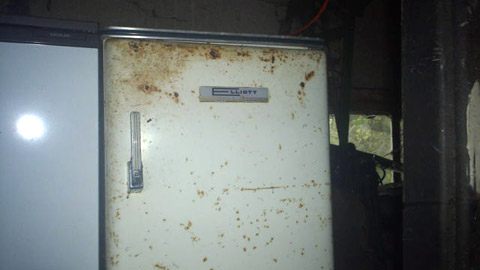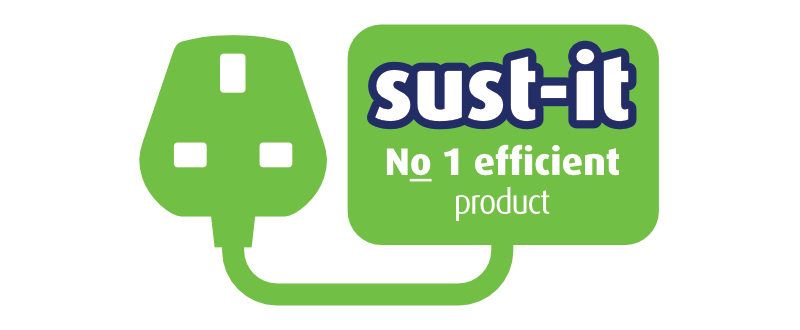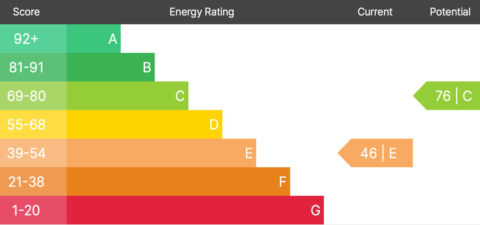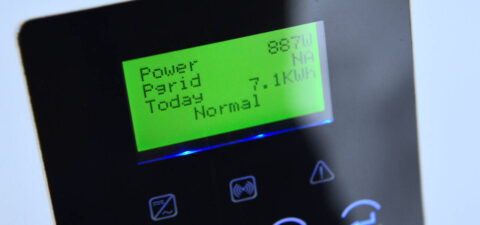Saving energy makes sense for your wallet, as well as the planet! Here’s Sust-it’s energy efficiency tips, some quick and cheap, others for the long-term.
Quick and easy energy saving advice
1/ Switch things off! Sounds obvious and savings are small, however, it’s still worth switching lights and electricals off, and not leaving appliances on standby. And encourage the kids to do the same.
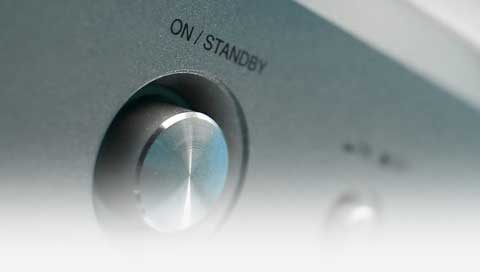
2/ Replace any old incandescent (filament) bulbs with energy saving compact fluorescent blubs, or better still take the long view and invest in LED’s. See Sust-it’s guide to energy efficient lighting and LED alternative lighting.
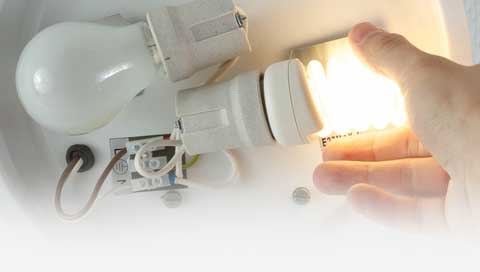
3/ Stop draughts! Find a sausage dog draught excluder or make one out of an old pair of tights or rolled up carpet. Invest in some draught-proofing products for the doors and windows, seal up your skirting boards, hang thick curtains, use thermal linings, or fit thermal blinds on windows. A draughty home is an expensive home to heat!

4/ Turn your heating thermostat down, not too much, just a little will help keep your bills under control. If you’re using portable electric heating (fan heater, oil filled radiator, or convector heater) make sure it has a thermostatic controls too. Worried about the cost of running electric heaters? See our cost calculator for electric fires.
5/ Make sure your boiler is serviced regularly and your heating controls work correctly. Check that radiator thermostats are functioning. A poorly maintained central heating system could use much more fuel.
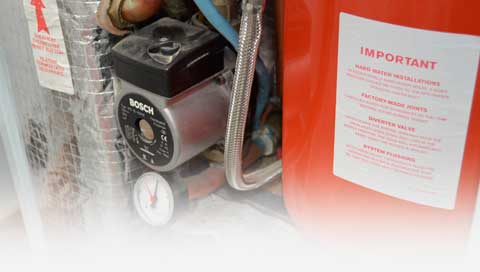
6/ Just boil what you need! Don’t fill your kettle to the top ever time you use it. And descale regularly if you live in a hard water area. Your tea will taste better too!
7/ Clean behind your fridge/freezer, check the condenser coils for dust – this reduces efficiency, so if they are dusty turn the fridge off and give it a quick clean. Remember they are on 24/7!
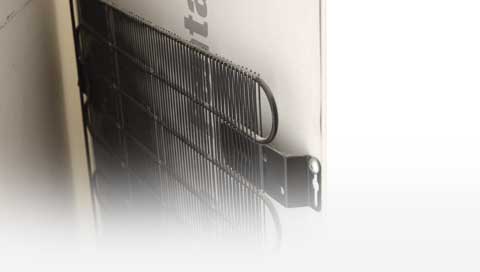
8/ Keeping your fridge/freezer as full as possible will help with efficiency, without over cramming it! Your refrigerator will operate more efficiently the more it has inside it, because keeping air cold uses more energy than refrigerating food. When placing food inside your fridge or freezer, allow it to cool down naturally first. The less work your fridge-freezer has to do, the less energy it will use. Shut the door as quickly a possible after taking out food and don’t leave it open. The longer the door is open, the more cold air escapes, and the more energy is needed to reduce the temperature again once the door is closed.
9/ Use your washing machine at a lower temperature cycle means using less electricity without sacrificing results. And you’ll find modern powders and liquids are just as effective at low temperatures. Also, go easy on the detergent and use a measure. The more detergent you use the harder your machine has to work to get rid of it!

10/ If you can’t dry clothes outside – use your tumble dryer sparingly – it’s one of the most energy hungry appliances in your home!

It pays to think long term with energy efficiency
11/ Electricals consume around 20% of the energy in our homes; with appliances consuming the bulk of this. Replacing old energy inefficient appliances and electricals with modern products and bill will drop dramatically. See our ‘when should you replace old appliances’ calculator. And don’t be tempted to keep an old appliance as a ‘spare’ fridge.
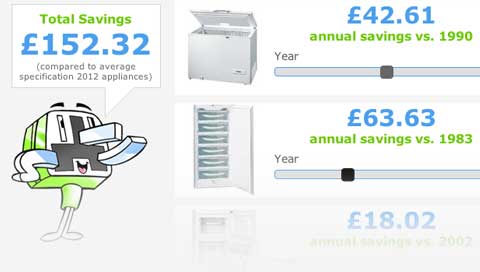
12/ Insulate! Start with insulating your loft, with as much as you can get in (minimum 270mm ten inches), and then work your way down. If you’ve got cavity walls, homes built after 1920 usually have, get advice on cavity wall insulation.
13/ Double-glaze your home with high performance replacement doors and windows.
14/ Replace your boiler if it’s over twelve years old, as technology has improved tremendously in recent years making them much more efficient.
15/ Investing in Solar PV (electric generating panels) or water heating systems will reduce your bills dramatically. Heat pumps and other renewable heating technologies are available too. Many of these products have government backed financial incentives.
Any more suggestions?
